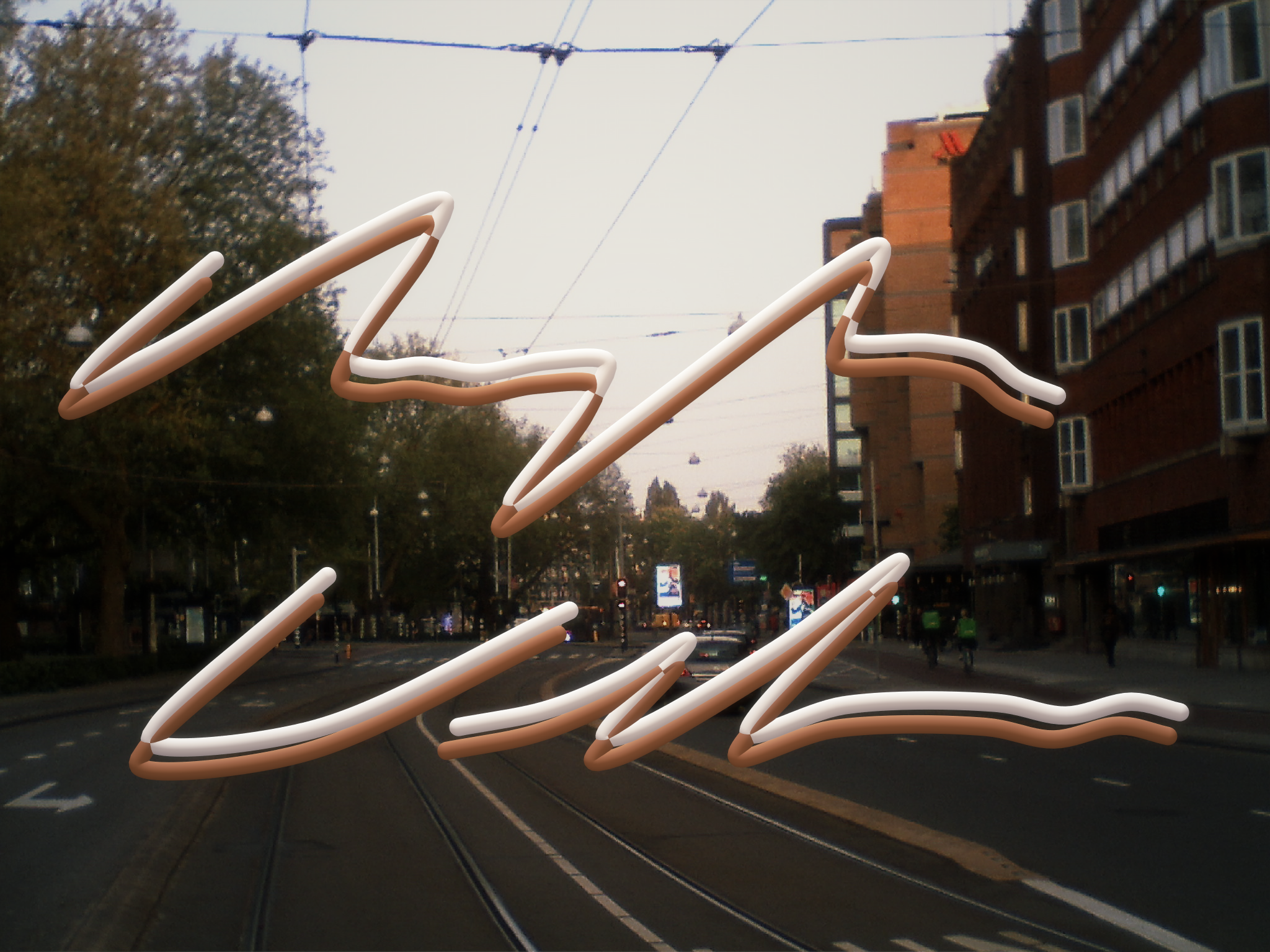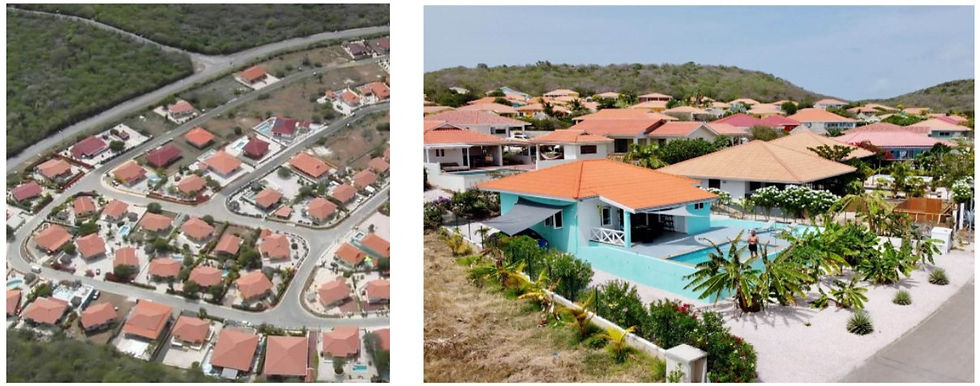Brain Gain 4 - The Necessitous Artisan
- Specialized Generalist

- Jun 14, 2022
- 4 min read
Updated: Apr 4, 2023
I call for the renatus of the Artisan. Not only for the Necessitous, Artisan creation is Necessitous.
A theory on urban design through a Marxist Lens - Understanding the relationship between economic and social development. - Curaçao as a case study.
Industrial capitalism and Western standardization
A typical Marxist critique of capitalism, more specifically industrial capitalism (mid-18th century - present), is its profit-motive production of goods. Since the 18th century the Western value of goods no longer resulted from their use-value, but their exchange value. This change to product value based on trading power was accompanied by a continuous increase in the standardization of the production of goods. Over the past centuries, the move to standardization in Western society has manifested itself in virtually all facets of human existence, both physically and culturally. Where production first took place manually, with room for uniqueness, errors, and identity, it now became large-scale manufacturing of the same object. The uniqueness of goods was therefore extracted from both the quantitative and the qualitative aspects. The products were not only flawless and monotonous, but also formed one of the (indistinguishable) thousand copies.
Standardized housing
During industrial capitalism in the 19th century, people became increasingly more mobile. People left the countryside and moved to the cities and lived next to the factories they worked at. In the 19th century, Western European life in the city was chaotic, confined, and unhygienic. This, however, started to change at the turn of the century; cities became overcrowded and people moved to the so-called suburbs outside the city. Because standardized production was so entrenched in the Western culture by that time, and there was a great need for rapid, inexpensive construction of houses, the new housing development outside the cities yet again followed the mass-production and systematic approach to construction. In the meantime, standardized housing in Western societies symbolizes efficient and cheap construction intended for the working class.

Industrial capitalism in the Caribbean
For most of the Caribbean, except for perhaps a few larger more influential countries, industrial capitalism has remained on the periphery and industrialization has often been limited to the sourcing of raw materials. In fact, after the abolition of slavery, the industrial capitalism visible in the Caribbean was mainly introduced and implemented by the colonizing European countries. The spread of standardization to other cultural aspects in the Caribbean can almost always be traced back to interventions of former European institutions around industrial and standardized production processes. The local population of the Caribbean, has had little to do with or is little influenced by the European standardization of society, especially after the rise of colonial independence. In other words, standardization did not affect the Caribbean the same way as it did the West.

Self-governance and new possibilities Especially after the independence movements of the Caribbean, many (industrial) European companies left the countries together with their buildings. This marked the end of standardized (housing) construction. With the judicial independence from Europe, the responsibility arose for own construction of infrastructure and housing. Although the standardized 'style' of buildings is still seen and applied in contemporary Western societies, the Caribbean started to approach housing construction in a very different and novel way. Where in European countries we see standardized housing mainly intended for the proletariat, that is the working man, and unique houses built by the rich, we see a strong contrast in the Caribbean. In addition to the departure of European influence, the new, inexperienced political leadership in the Caribbean paid little attention to government-driven, correct planning of housing construction. In other words, the local, working Caribbean people (re)discovered, without strict executive supervision and overview, the freedom to build their own, and thus artisan, houses again. Caribbean artisan
With the construction of individually owned houses, especially among the low-paid necessitous population, however, shortages of money and materials resulted in the emergence of unusual shapes, layouts, and organization of houses. These buildings were sometimes even built illegally, without a permit, on government property. The freedom to construction ensured an artisan expression of lifestyle, housing, and infrastructure among the Caribbean proletariat. The remaining standardized European houses generally became, or remained, the property of the higher-earning society. This elitist group continued to consist mainly of European merchants and civil servants, who owed their position partly to the colonial past or the more recent European industries. This shows how Europeans in the Caribbean remained in their own Western bubble with regard to housing and construction. Often unaware, they remained a product of and even continued the European standardization traditions.
Neo-Standardization However, the phenomenon of standardization among the wealthier population in the Caribbean did not last until European independence. The standardized culture is not just something imposed and introduced by European colonialism and influential companies; The contemporary architecture of the aggregating Caribbean elite yet again and possibly unconsciously reflects the (Western) standardized culture. Today's elite consists mainly of the descendants of the original European settlers, recent Western immigrants, or locals who have received 'Higher Western' education. Although their houses are often (absurdly) larger than the former houses built by the European industries, they show strong similarities with European standardized housing. That is contemporary construction clumping houses together in the same neighborhood with the same architecture, furnishing, and 'style'. It is a modern uniformity that radiates anything but creativity, totally taken over by the fabricated and mechanical European standard.

In the Caribbean the poor are forced to live an artisan rich life, and the rich choose to live a standardized poor life.
Terminology
Artisan
Made in a traditional or non-mechanized way.
Capitalism
A socio-economic system in which a country's trade and industry are controlled by private owners for profit, rather than by the state.
Industrial capitalism
The rapid development of the factory system of production by large, centrally controlled accumulations of capital.
Necessitous
(of a person) lacking the necessities of life; needy.
Proletariat
Working-class people regarded collectively (often used with reference to Marxism).
Standardization
The process of making something conform to a standard.




Great thinking 🤔 and great writing ✍!